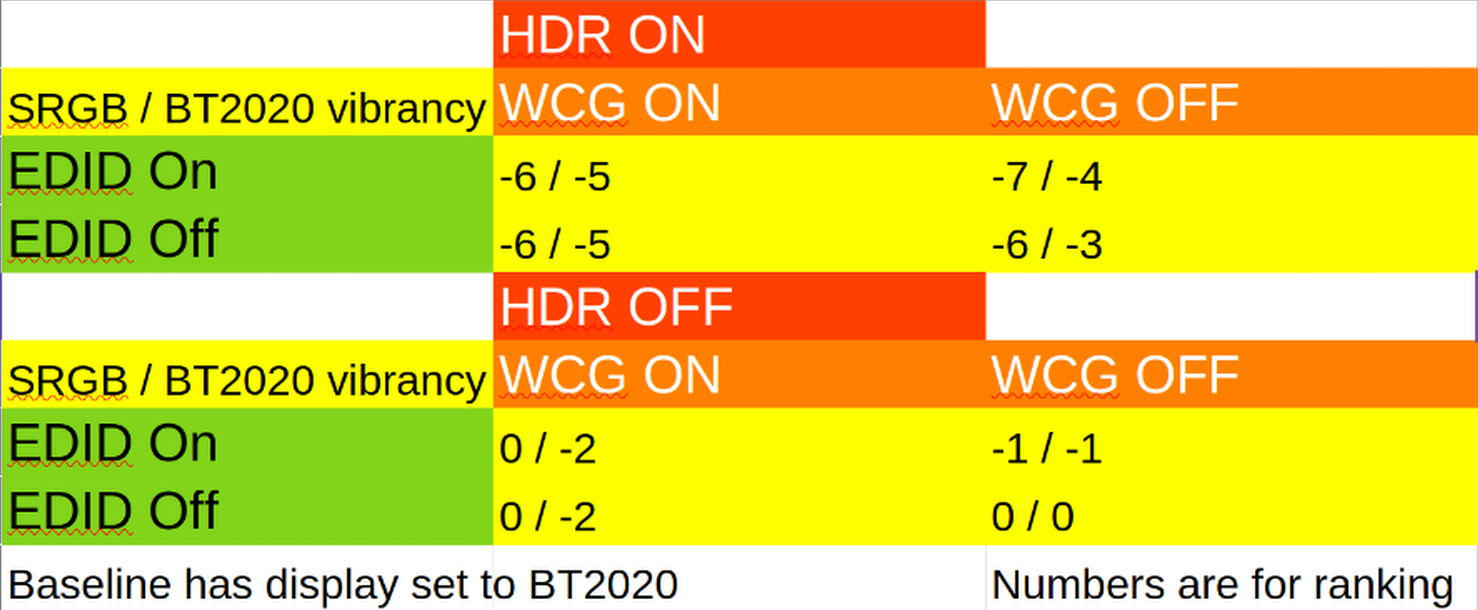this post was submitted on 25 Jun 2024
53 points (96.5% liked)
Linux
48140 readers
515 users here now
From Wikipedia, the free encyclopedia
Linux is a family of open source Unix-like operating systems based on the Linux kernel, an operating system kernel first released on September 17, 1991 by Linus Torvalds. Linux is typically packaged in a Linux distribution (or distro for short).
Distributions include the Linux kernel and supporting system software and libraries, many of which are provided by the GNU Project. Many Linux distributions use the word "Linux" in their name, but the Free Software Foundation uses the name GNU/Linux to emphasize the importance of GNU software, causing some controversy.
Rules
- Posts must be relevant to operating systems running the Linux kernel. GNU/Linux or otherwise.
- No misinformation
- No NSFW content
- No hate speech, bigotry, etc
Related Communities
Community icon by Alpár-Etele Méder, licensed under CC BY 3.0
founded 5 years ago
MODERATORS
you are viewing a single comment's thread
view the rest of the comments
view the rest of the comments
This doesn't mention the part where if you enable hdr, it sets the color profile to edid without an option to change it, which for my monitor makes everything very desaturated even in comparison to srgb mode (with no color profile)
That has pretty much nothing to do with the color profile, when colors look very desaturated on HDR screens, that's the driver messing up the colorspace signaling.
What GPU do you have? Both Intel and NVidia still have major problems with this.
Many displays (but not all, which is why it's not exposed in the GUI) also support doing HDR without additional colorspace signaling, you could try enabling only hdr and disabling wcg with
kscreen-doctor. IMO the color part is the more noticeable benefit of HDR, but you could at least have functional HDR until your GPU driver is fixed.I had thought it was about the color profile because with hdr disabled from system settings, enabling the built in color profile desaturates colors quite a bit and does some kind of perceived brightness to luminosity mapping that desaturates bright / dark hdr content even more. Although I don't think that's the cause of my problems anymore.
Thanks to your tip about kscreen-doctor, I could try different combinations of hdr / wcg / edid and see how the colors look with different combinations:
I think there must be something wrong with my screen since the hdr reduces saturation more than anything else. Anyways, thanks for the good work
Edit: Tried this with an amd gpu. hdr+wcg works as expected without muted colors. hdr without wcg still significantly desaturates colors, so I guess that's a monitor bug. Now to figure out gpu passthrough.. (Edit 2: It seems to just work??)
Side note, when I turn off hdr only from kscreendoctor the display stays in hdr mode until it turns off and on again, that didn't happen with nvidia
Edit 3: Found something weirder... Hdr colors are muted on nvidia gpu and seems vibrant with the amd igpu. If I plug the monitor to the motherboard (amd), enable hdr, then unplug and plug it into the nvidia gpu, the colors are still vibrant??? I can disable and enable hdr again and again and they aren't affected. They're even fine when hdr is enabled without wcg???? But if I fully turn off the monitor and back on they once again become muted with hdr. Weird ass behavior
It maps the colors to be more correct, and it does use the brightness info from the EDID for HDR content, so that checks out.
It might enable some sort of gamut mapping on the display side... HDR on monitors is really weird sometimes.
I think that's a bug in amdgpu. It should force a modeset on hdr change, but it doesn't.
~~It specifically does mention that though. In Plasma 6.1 you can choose EDID, custom ICC profile or no profile.~~
You can't with hdr as I said. Check it yourself if you want
I guess you're right. I should've upgraded first and checked it, oh well.
I find that ironic as in SDR mode Plasma says EDID colour profiles tend to be very inaccurate